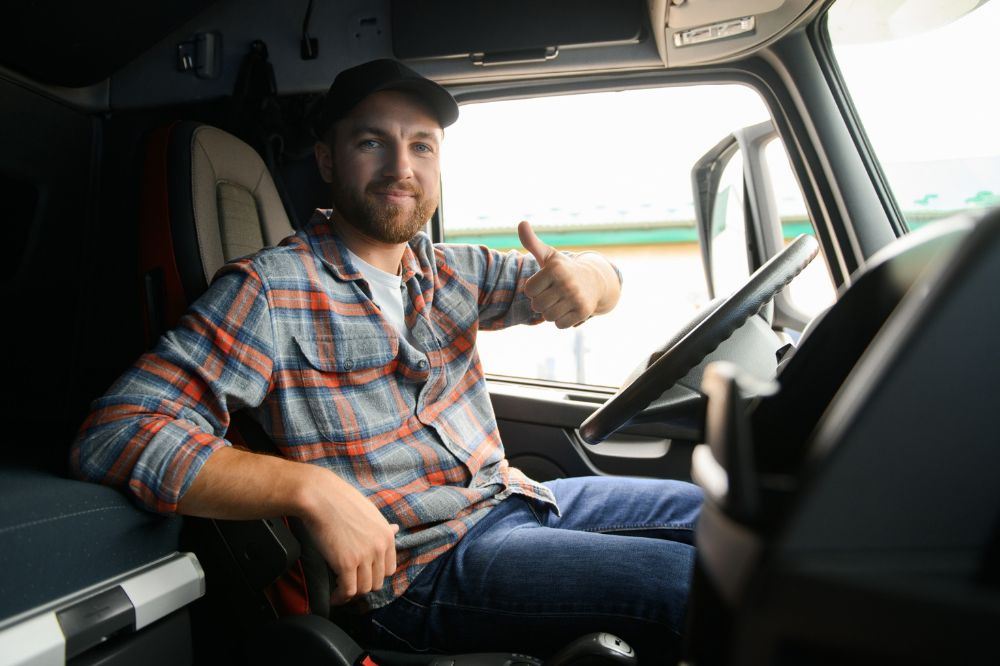
If you drive a commercial motor vehicle, you must hold a Commercial Driver’s License (CDL).
Getting a CDL can be a reasonably long process, depending on the type of license you’re applying for and what allowances and limitations this license holds.
It’s essential that you understand precisely what kind of CDL you need before getting involved in any commercial driving or trucking business.
We’ll break down everything you need to know in the guide below.
What is a Commercial Driver’s License?
A Commercial Driver’s License (CDL) is a specialized driver’s license required in the United States and some other countries to operate vehicles used for commercial purposes. This license allows individuals to legally drive vehicles larger or heavier than those permitted by a regular driver’s license.
Valid CDL holders are held to higher standards due to the nature of the vehicles they operate. They are subject to more stringent regulations regarding driving hours, vehicle maintenance, and compliance with traffic laws.
CDL License Classes Overview
CDLs are categorized into different commercial driver’s license classes, each allowing the holder to operate various types of vehicles based on their size, weight, and purpose.
Class A CDL
This class permits the operation of combination vehicles with a Gross Combination Weight Rating (GCWR) of 26,001 pounds or more, where the vehicle being towed has a Gross Vehicle Weight Rating (GVWR) of over 10,000 pounds.
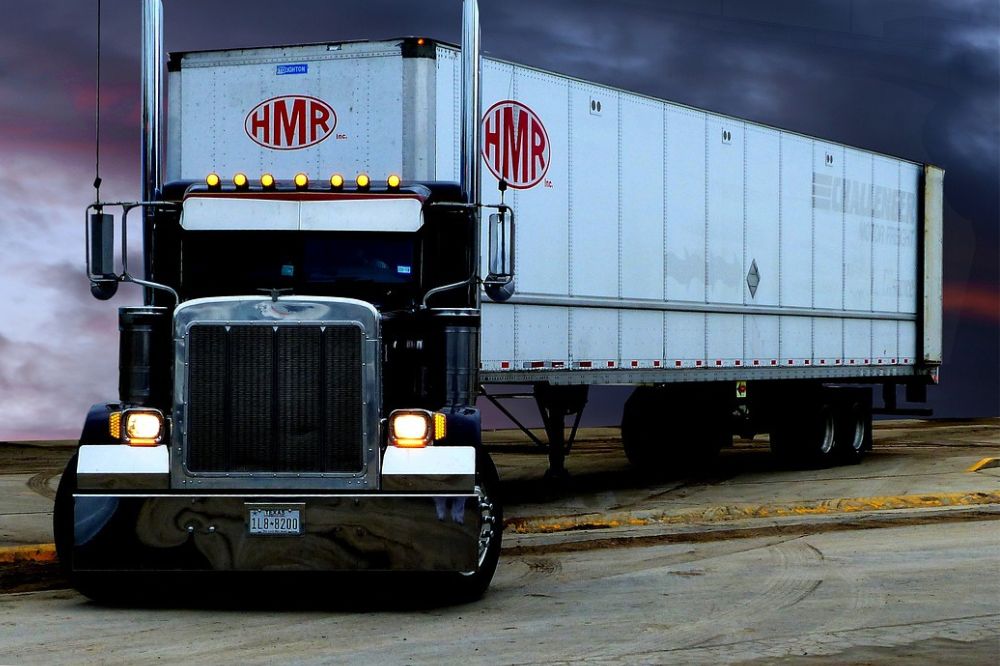
Class B CDL
With a Class B CDL, you can drive single vehicles with a GVWR of 26,001 pounds or more or operate such vehicles towing trailers with a GVWR not exceeding 10,000 pounds.
Class C CDL
This class is for vehicles that do not fit into Class A or Class B but are designed to transport 16 or more passengers (including the driver) or transport hazardous materials.
How Do I Get a Commercial Driver’s License?
Getting a commercial truck driver’s license is a lengthy process. Here are the main steps involved.
Check Eligibility Requirements
Ensure you meet the eligibility criteria set by your state’s Department of Motor Vehicles (DMV). Typically, you must be at least 18 years old to drive within the state and 21 years old to drive across state lines or transport hazardous materials.
Apply for a Commercial Learner’s Permit
Start by applying for a CLP at your local DMV office.
You’ll need to pass the required knowledge tests specific to the type of CDL you’re seeking. These tests cover general knowledge, air brakes (if applicable), and any necessary endorsements, such as transporting hazardous materials or passenger vehicles.
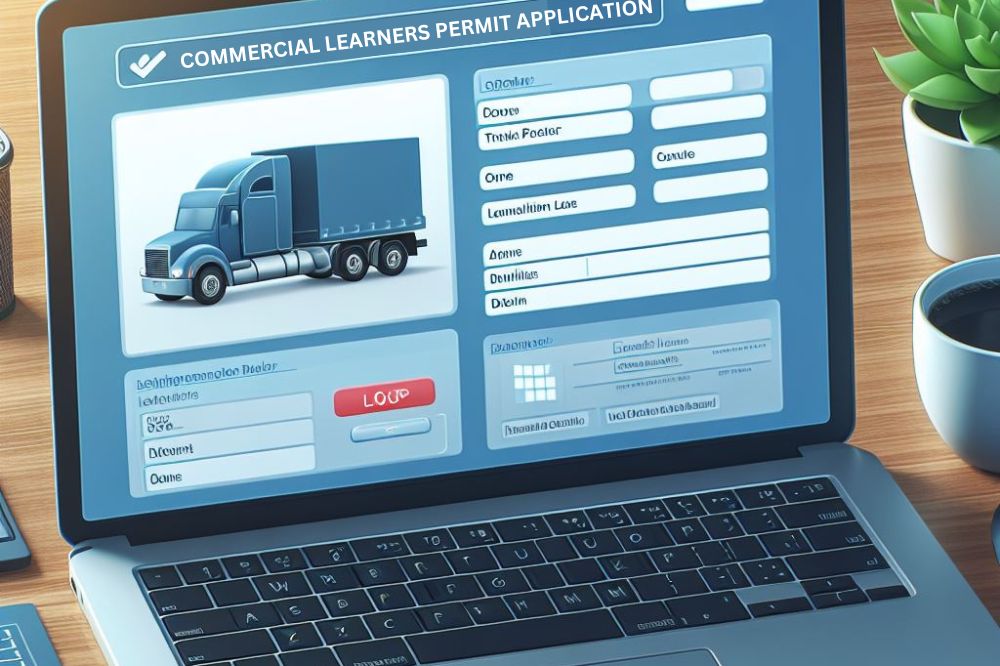
Training and Practice
Consider enrolling in a CDL training program or school to learn the skills required for driving a commercial motor vehicle. Practice driving under the supervision of a licensed CDL holder to gain experience.
Schedule CDL Skills Test
Once you’ve held your commercial learner’s permit for the required period (typically a few weeks), schedule a CDL skills test with the DMV. This test includes a pre-trip vehicle inspection, basic vehicle control, and an on-road driving assessment.
Apply for CDL
Once you’ve passed all the required CDL exams, submit your application for the full CDL at the DMV office. You must pay the required fees and provide any additional information requested.
Commercial Driver’s License Program
There are a couple of stages involved in obtaining a license to drive commercial motor vehicles. Here’s a breakdown of what you have to go through.
Commercial Learner’s Permit (CLP)
Before the DMV can issue commercial driver’s licenses, you must first obtain a CLP. To do this, you’ll need to pass a written test specific to the type of CDL you’re applying for and any endorsements required for specialized driving.
The CLP allows you to practice driving a commercial vehicle under the supervision of a licensed CDL holder.
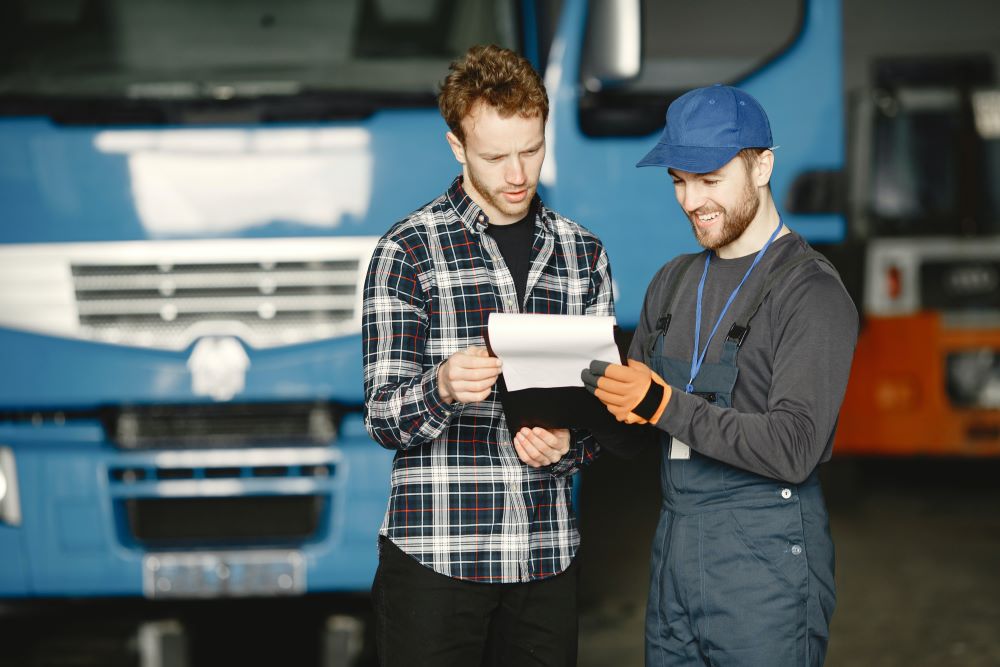
Complete Entry-Level Driver Training
Many states and employers require the completion of Entry-Level Driver Training (ELDT) from a registered training provider.
This training covers classroom instruction and practical behind-the-wheel experience, teaching essential skills and safety practices for commercial driving. ELDT often includes vehicle operation, safety protocols, regulations, and hands-on driving practice.
Commercial Driver’s License (CDL)
After obtaining a CLP and completing the required training, you must pass a skills or road test to get your full CDL.
The skills test typically consists of three parts:
- A pre-trip vehicle inspection
- Basic vehicle control
- An on-road driving assessment
Passing this test shows your ability to operate the specific commercial vehicle you intend to drive.
Once you successfully pass the skills test, you can apply for the full Commercial Driver’s License at your local DMV office. You must submit the necessary documentation, pay the required fees, and provide proof of completing the CLP and any mandated ELDT.
Training and Testing
Training for a CDL involves both classroom learning and practical training covering traffic laws, vehicle operation, safety protocols, and hands-on driving practice.
Candidates develop skills in vehicle inspection, control, and safe driving techniques, preparing for written knowledge and practical skills tests.
Specialized endorsements for tasks like hauling hazardous materials may require additional training and testing.

Medical Certification
Medical certification is a requirement for obtaining and maintaining a CDL in the United States. It involves a physical examination by a certified medical professional who evaluates a driver’s health to ensure they meet the necessary medical standards for operating commercial vehicles.
The examination assesses various aspects of health, including vision, hearing, blood pressure, diabetes, cardiovascular health, and overall physical fitness.
Drivers must provide proof of meeting these medical standards by obtaining a Medical Examiner’s Certificate (MEC) or DOT Medical Card.
Drivers need to renew this certification periodically, usually every two years, to ensure they continue to meet the health requirements for safe commercial driving.
Endorsements, Restrictions and Waivers
Endorsements, restrictions, and waivers are extra permissions, limitations, or exceptions granted to drivers based on their qualifications or specific driving conditions. Federal law notes them on the CDL permit and controls them.
Endorsements
Endorsements are additional qualifications beyond the standard CDL that allow drivers to operate specialized vehicles or perform specific tasks. You’ll need the proper endorsement for whatever truck driver job you plan to do. This could include:
- Hazardous Materials (Hazmat): Allows you to drive a truck carrying hazardous materials.
- Tank Vehicles: Permits drivers to operate tankers.
- Passenger Vehicles: Enables driving vehicles carrying a certain number of passengers, like buses.
- School Bus: Allows drivers to operate school buses, typically requiring extra training and testing.
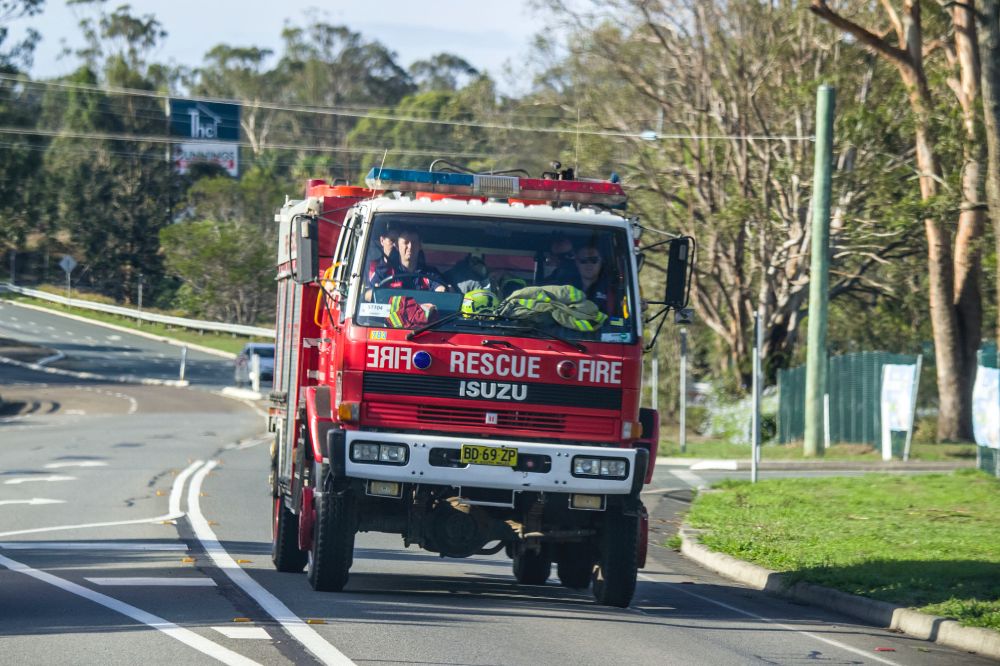
Restrictions
These are limitations imposed on a CDL, specifying conditions or types of vehicles a driver is not allowed to operate. Restrictions could include:
- E: Prohibits drivers from operating vehicles with manual transmissions.
- L: Limits drivers to vehicles without air brakes.
- Z: Indicates a full air brake restriction, excluding the operation of vehicles equipped with air brakes.
Waivers
These are exceptions granted to CDL applicants under specific circumstances. For example:
- Skill Performance Evaluation (SPE) Certificate: Allows drivers with specific impairments, such as missing limbs, to qualify for a CDL after passing an additional evaluation.
- Vision or Hearing Waivers: In some cases, drivers with impaired vision or hearing may qualify for a waiver if they can still demonstrate the right skills or use assistive devices that allow them to drive safely.
Exemptions
Certain types of commercial drivers are exempt from holding a Commercial Driver License. Here are some examples of CDL exemptions:
- Taxi and Ride-Sharing Drivers: Drivers operating taxis or ride-sharing vans that transport fewer than seven passengers are often exempt from holding a CDL.
- Firefighters: Firefighters operating emergency vehicles are typically exempt from CDL requirements when performing their official duties.
- Rescue or First-Aid Squad Operators: Drivers operating vehicles for rescue or first-aid purposes as part of a squad or emergency response team may be exempt from needing a CDL.
- Farmers: Farmers transporting their own agricultural products, machinery, or supplies within a specified distance (usually around 150 miles) from their farms might not need a CDL.
It’s important to note that while these exemptions exist in certain states or under specific circumstances, regulations can vary by jurisdiction. So, make sure you properly understand the CDl requirements of your situation.
Final Thoughts
Commercial Driver’s Licenses are relatively easy to get if you follow the proper process and take the right steps and training. Get the correct license, and a whole new world of commercial driving opportunities opens up.
Are you planning to purchase a commercial vehicle? Get in touch with us at Mission Financial Services, where we can help you easily obtain financing.


